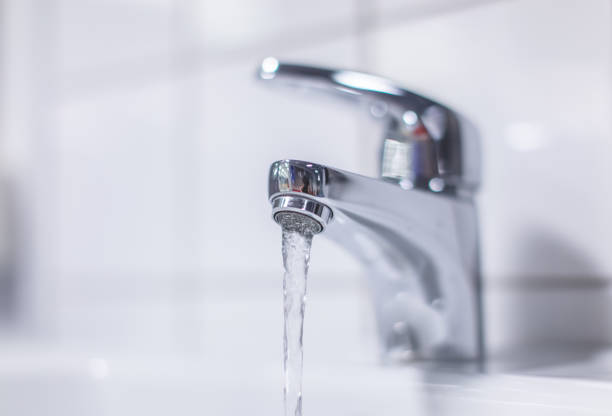Everything You Need to Know About Water Faucet Aerators
What are Aerators?
Aerators are little parts set on the finish of fixtures. Normally they are little lattice screens that separate the progression of water into various little streams, helping air in the middle.
By weakening the flow stream with gas, aerators essentially decrease the volume of water moving from your fixture. Aerators do this while keeping up the sensation of an intense stream. Aerators likewise decrease sprinkling in sinks.
What Aerators Should I Choose?
Everything you Need to Know When Choosing Your Faucet Aerators
People buy and use aerators in their homes for two key reasons: to save water and to put aside money.
Regardless of anything else, aerators are pro-water-savers! They are potentially the most innocuous to the biological system plumbing parts accessible. In reality, as demonstrated by the EPA, presenting nozzle aerators is the most flawlessly awesome water-saving lines change you can make!
Saving water isn’t only unprecedented for the environment – it’s staggering for your wallet also! By decreasing your month to month water use, aerators can without a very remarkable stretch and dependably cut down your administration bills. By the way, for your countertop water filter, check an expert guide here.
Types
Not all aerators are the same, so recall the going with components while searching for your installation aerator.
Male/Female Threads: Aerators come in “male” and “female” arrangements. Which one you need depends upon your installation. On the off chance that your installation has strings ostensibly, by then it is “male”, and you ought to use a “female” aerator. In case your nozzle has strings inside, it is “female”, and you ought to use a “male” aerator.
Normal Aerators ought to be 15/16 (male) 55/54(female)
Junior Aerators normally last before 13/16 (male) or 3/4(females) you should gauge your fixture to guarantee it’s a standard measured one.
Style: There are three principal aerator styles: flowed air through (standard shower of air mixed in with water), shower (downsized shower), and laminar (non-sprinkling solid stream). Again, what style you need depends upon the essential usage of your apparatus
Aerator Maintenance
Make a highlight regularly displace or clean your installation aerators, as they can get plugged up with buildup and other junk as time goes on. A clear brush and flush will customarily take care of business, nonetheless, at times a various hour assimilate a vinegar-water mix will be fundamental.

How much water would the faucet be able to save?
Presenting an undercurrent aerator will help streamline both energy and water diminishing the movement of water from the nozzle without decreasing the water pressure. A 1.0-gallon each second (GPM) aerator will diminish the abundance by half of the water you use versus a standard 2.2 GPM apparatus aerator. You can save someplace in the scope of 2 to 16 gallons of water for consistently reliant on the aerator you choose to present.
A cross-area screen aerator grants water strain to feel standard to the customer even though less water is being used. It does this through fundamental air dissemination of the water moving from the nozzle. Rather than various other low stream devices, it doesn’t bind the movement of water or decrease the water power.
Installation aerators moreover help to consume energy by decreasing the level of bubbling water use too. By diminishing the proportion of high temp water being used, the water radiator is used less as regularly as could be expected, putting aside both energy and money.
Two Basic Aerators
Swivel vs. Stationary
Stationary aerators are usually attached to the tail of the faucet, they are static and do not move. It’s the most popular and basic for domestic use, the water flow is regularly clean and splashing compared to Swivel.
The swivel on the other side comes with a functionality that allows users to redirect stream in a diverse direction. A user can retract or pull to effect this.
You must change your faucet aerators by day. To avoid clogginess, debris or silt.



